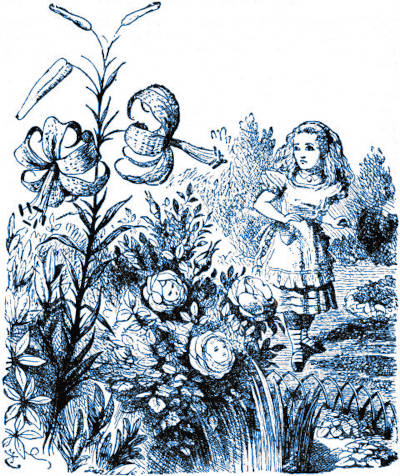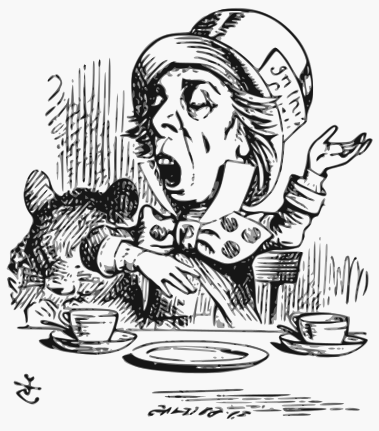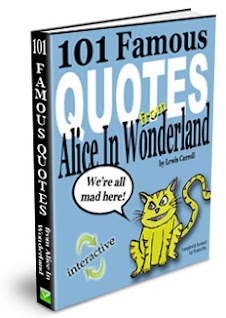Lewis Carroll popularized the fictional character known as the Cheshire Cat in his work, Alice's Adventures in Wonderland.
Recognized for its distinctive mischievous grin, the association of a "cheshire cat" with smiling existed prior to the 1865 publication of the book and has since extended beyond literary realms, embedding itself in popular culture across various media forms, including political cartoons, television, and interdisciplinary studies spanning business to science.
The hallmark of the Alice-style Cheshire Cat is its gradual disappearance, leaving only its iconic grin as the final visible trace. Originally belonging to the Duchess, the Cheshire Cat is now predominantly linked to the character from Lewis Carroll's novel.
In the narrative, Alice first encounters the Cheshire Cat in the Duchess's kitchen, and later on a tree's branches, where it mysteriously appears and disappears while engaging Alice in entertaining yet occasionally confounding conversations.
The cat introduces philosophical points that both annoy and perplex Alice. However, it provides solace when it suddenly materializes on the Queen of Hearts' croquet field. During a peculiar trial where the cat is sentenced to death, it confounds everyone by making its head visible without its body, sparking a debate on whether a disembodied head can truly be beheaded.
Notably, the cat's disappearance culminates in only its grin remaining, prompting Alice to reflect that she has witnessed a cat without a grin but never a grin without a cat.
In this scene Alice is walking in the forest of Wonderland after visiting the Duchess and saving the little pig from the pots and pans of the cook. Then she sees the Cheshire Cat and has a chat with it.
Cheshire Cat declares that "Everyone in Wonderland is Mad" while Alice asks for directions.
The conversation ends abruptly when the Cat vanishes, but he wants to ask Alice about the pig and suddenly appears again. This happens a couple of times and Alice is getting dizzy from the Cat's vanishing acts. Alice asks the Cheshire Cat not to do it so suddenly.
Therefore, next time the Cat disappears very slowly beginning with the end of the tail and ending with the grin. The grin being the last thing to vanish, it stays in the air by itself for some time, and Alice is pretty amazed by this:
"Well, I've often seen a cat without a grin; but a grin without the cat! It's the most curious thing I ever saw in my life!"
[Cheshire Cat illustration by John Tenniel: Wikimedia Commons]


















